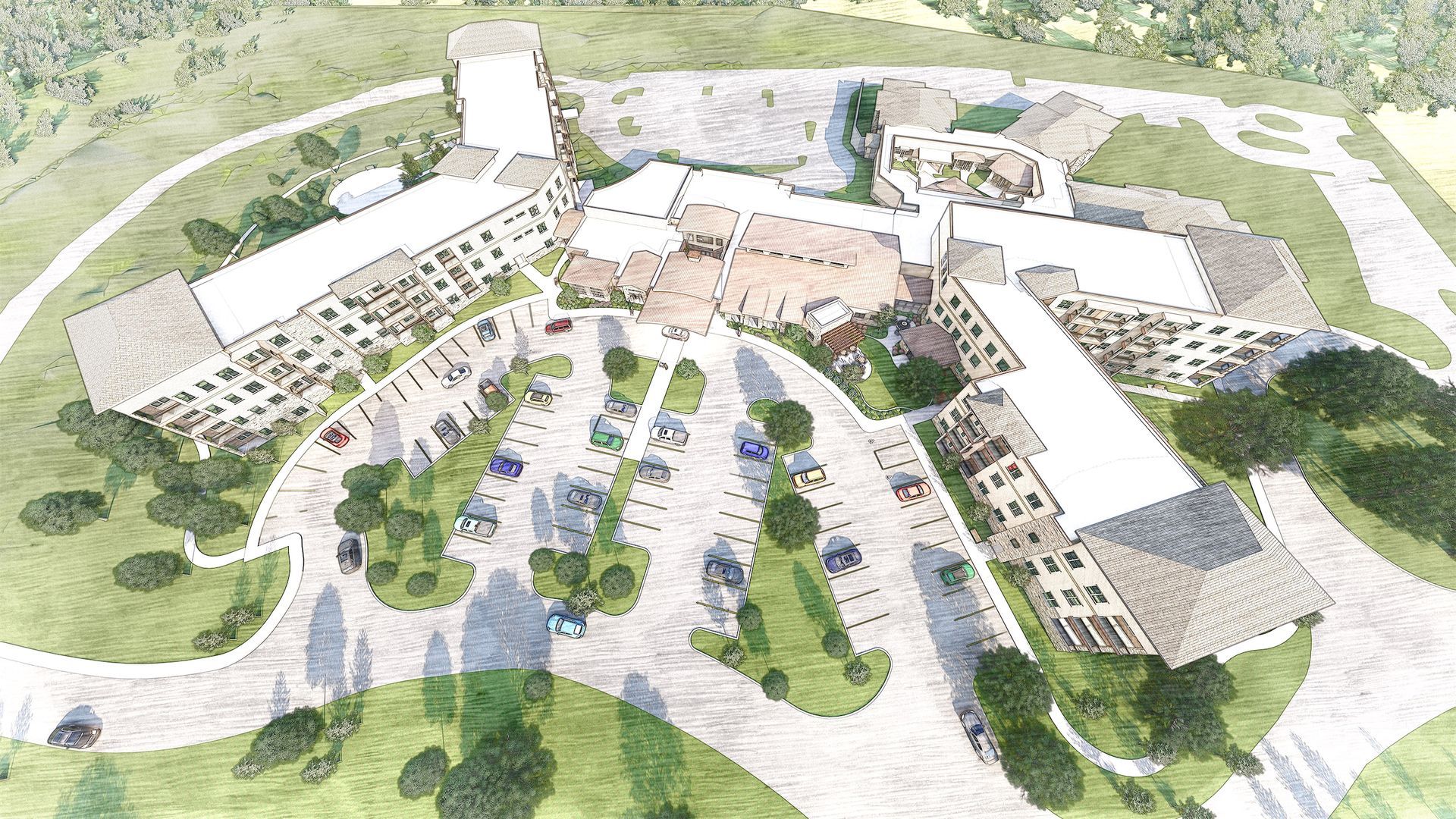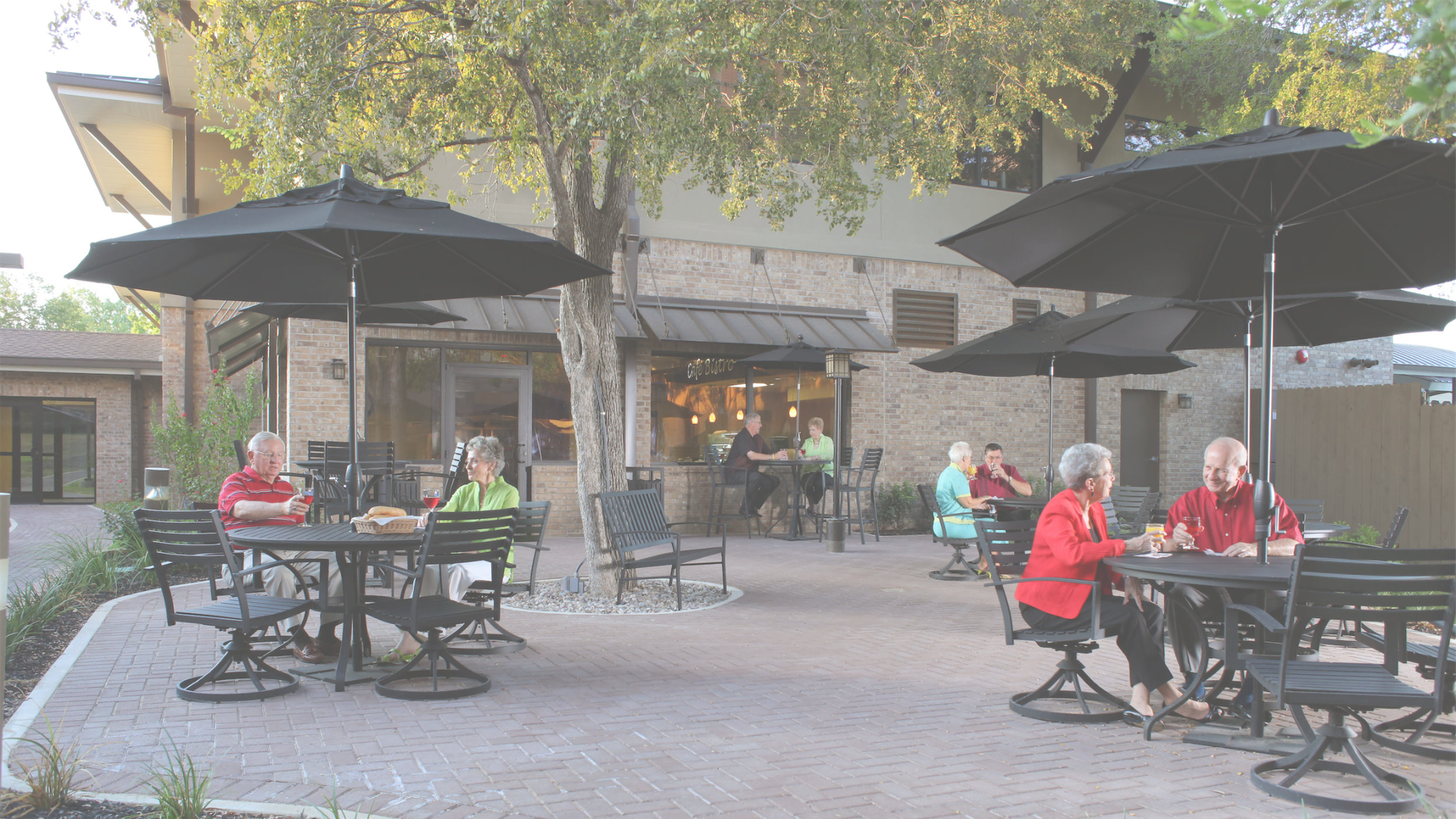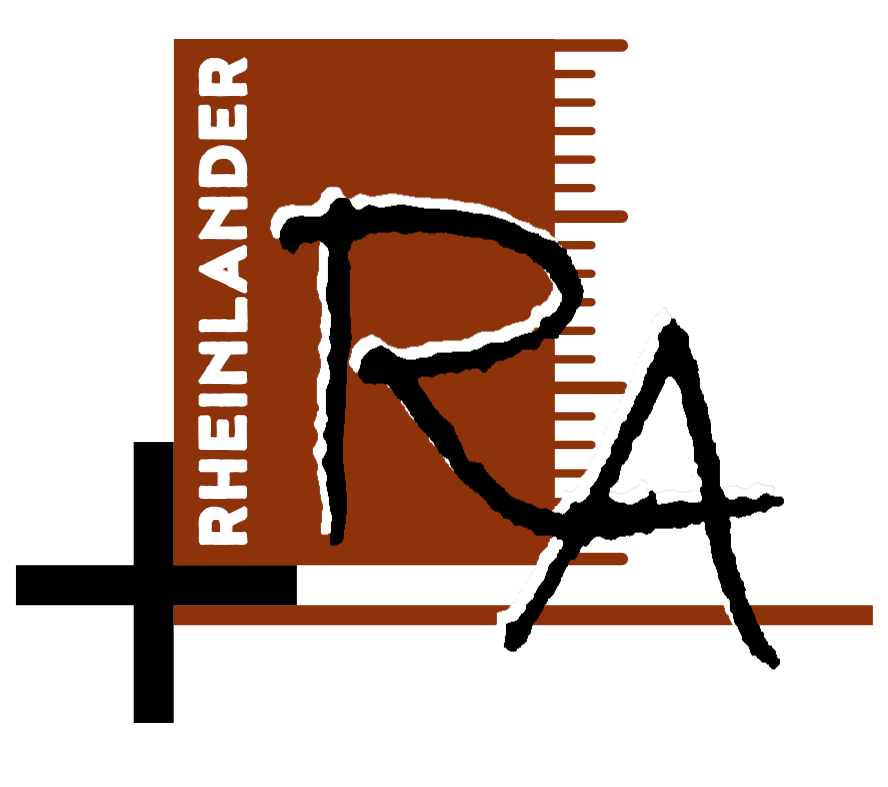Designing senior living comes with unique opportunities—and unique considerations.
Creating environments that foster dignity, comfort, and connection for residents while supporting staff efficiency requires careful thought, expertise, and collaboration.
With so much at stake, finding the right architect can feel like a daunting task.
But the right architect doesn’t just overcome these challenges—they transform them into opportunities. From navigating regulations to crafting spaces that feel like home, a skilled architect will bring your vision to life while keeping the project on track.
We’ve prepared this guide to walk you through the seven key qualities to look for in an architect, along with practical tips for choosing a partner who understands the needs of senior living design.
With the right team, your project can become a place where residents thrive, staff excel, and the community feels proud.
7 Essential Qualities for Assisted Living Design
Choosing the right architect is about more than credentials—it’s about finding a partner who understands the unique needs of senior living communities.
The following seven traits will help you identify the best architect for your project—along with key questions you can ask to evaluate whether a particular architect has these qualities.
1. Expertise in Senior Living Design
Designing for senior living—whether it’s assisted living, memory care, or skilled nursing —requires specific expertise in creating functional, welcoming environments that work at every level.
Architects must navigate unique regulations, state codes, and accessibility standards to create architectural design solutions that go beyond traditional residential or commercial projects.
Why It Matters:
A lack of expertise can lead to costly missteps, including failed inspections and delayed openings. A well-versed architect understands these requirements and designs spaces that meet all regulations the first time, keeping your project on schedule and on budget.
What to Ask:
- Can you provide examples of completed senior living projects?
- What is your success rate for passing life-safety inspections on the first attempt?
- How do you stay up-to-date with state regulations and accessibility standards?
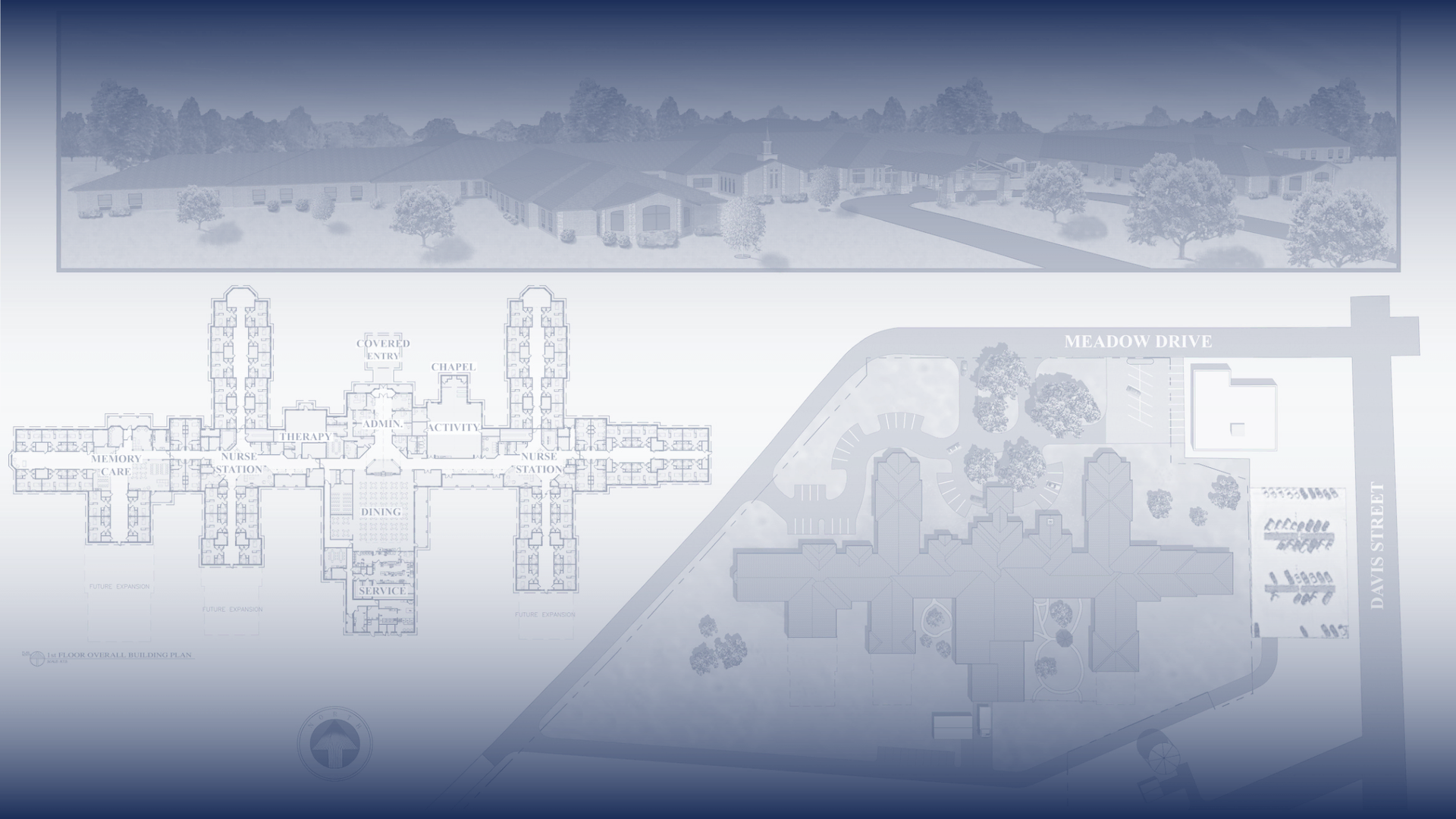
2. A Resident-Centered Design Philosophy
The best senior living environments prioritize residents’ comfort, dignity, and well-being.
Resident-centered design moves away from institutional settings, creating spaces like private apartments with thoughtfully designed bathrooms that prioritize comfort and mental wellbeing.
One example is a project we completed at Lakeside Health and Wellness in Kemp, Texas, where we designed a restaurant-style dining area with booth seating. This approach fosters a social and home-like atmosphere, encouraging community engagement while respecting individual preferences.
These features cater to the unique needs of residents while supporting caregivers in providing exceptional care
“Building senior living spaces isn’t just about meeting codes and regulations—it’s about creating environments that truly feel like home. Our job is to listen, adapt, and bring a design to life that balances resident comfort, staff efficiency, and the unique needs of the community.”
— Michael Rheinlander, Principal of Rheinlander Architects
Why It Matters:
Spaces designed around residents’ needs—whether in assisted living, memory care, or independent living —lead to happier, healthier communities. Residents gain autonomy, staff can focus on care, and facilities enjoy greater retention and census growth.
What to Ask:
- How do you incorporate resident well-being into your designs?
- Can you share examples of how your designs encourage comfort and independence?
- How do you balance resident-focused design with operational needs?
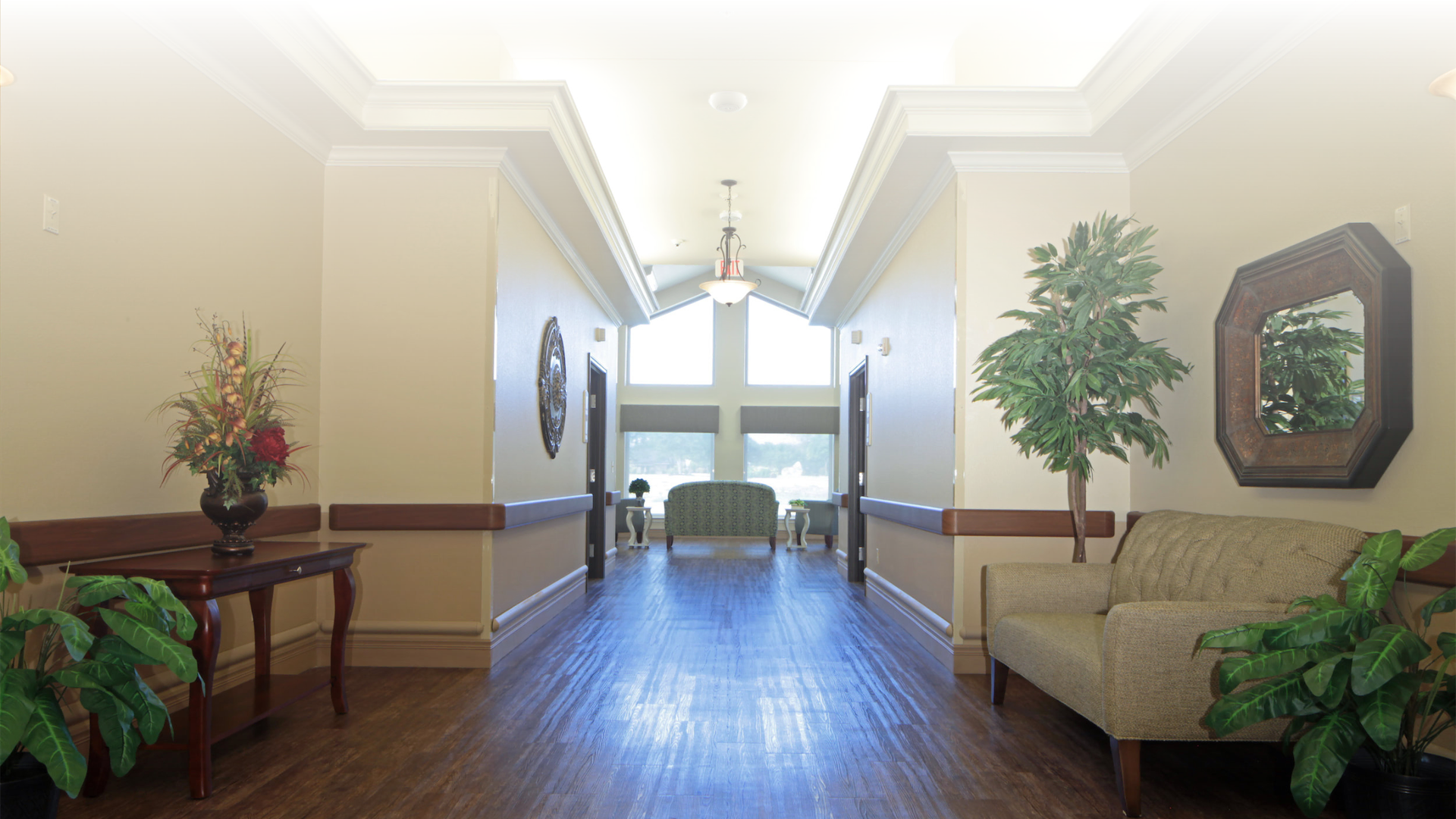
3. Effective Collaboration and Communication
A senior living project involves many voices: developers, operators, staff, residents, and contractors. An architect who values clear communication and collaboration brings all stakeholders together, creating a unified design that works for everyone.
Why It Matters:
Poor communication can result in costly redesigns or operational inefficiencies. The right architect will gather input, foster open dialogue, and address challenges proactively throughout the process.
What to Ask:
- How do you engage with stakeholders during the design process?
- Can you describe your process for gathering input from staff and residents?
- How do you align the design with contractors and developers?
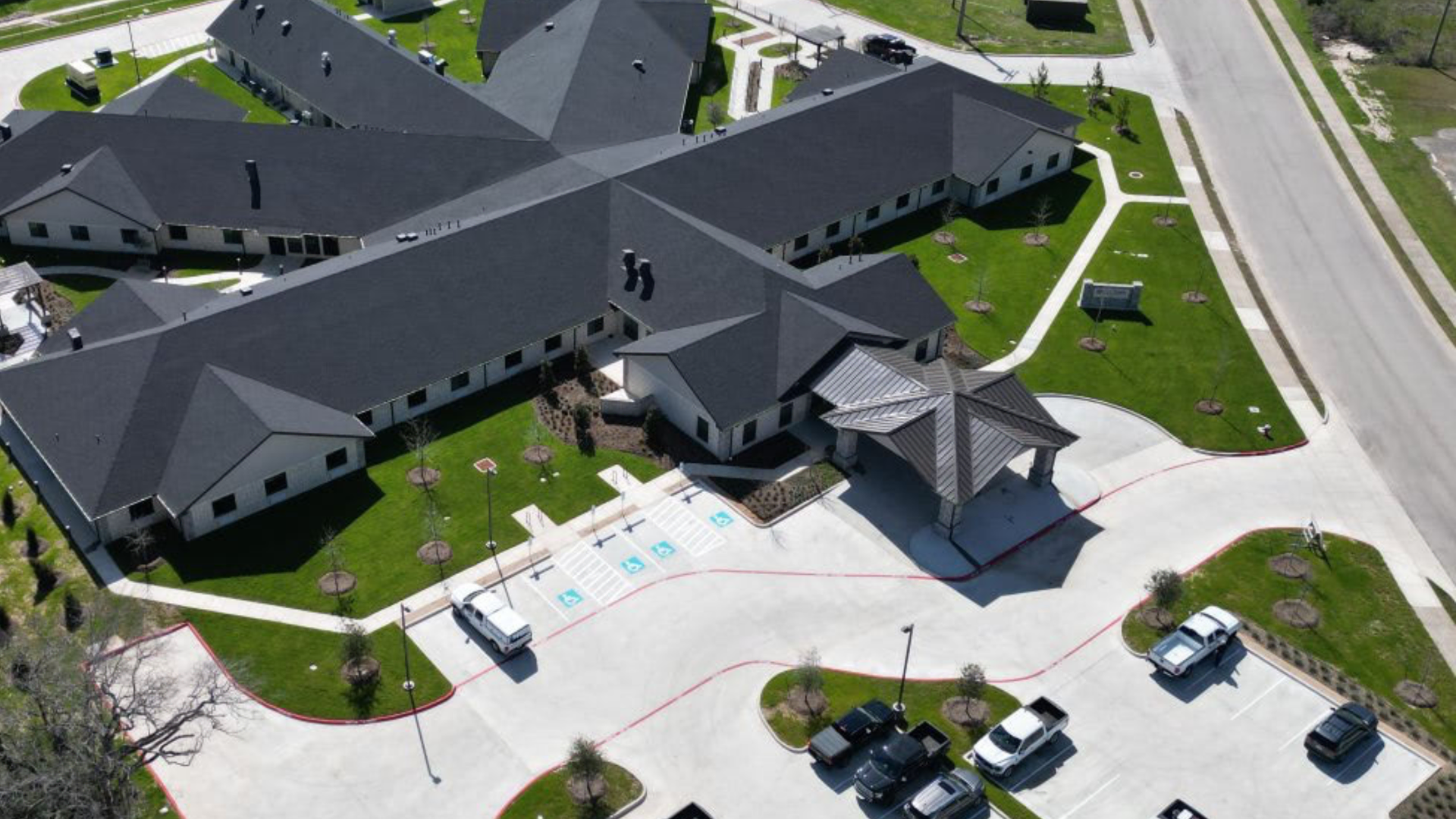
4. Forward-Thinking and Sustainable Solutions
While sustainability is often viewed as a trend, it’s vital for senior living projects.
Durable materials, energy-efficient systems, and adaptable designs lower long-term costs and create healthier environments for residents.
Why It Matters:
Thoughtful design reduces maintenance, improves operational efficiency, and keeps the building functional for decades. Sustainable choices also help add to residents’ comfort and safety, assisting providers in delivering quality care. A forward-thinking approach also adapts to changing resident expectations, such as private rooms and integrated technology.
What to Ask:
- How do you incorporate sustainability into your designs?
- What strategies do you use to reduce lifecycle costs?
- Can you share examples of forward-thinking or adaptive solutions in past projects?
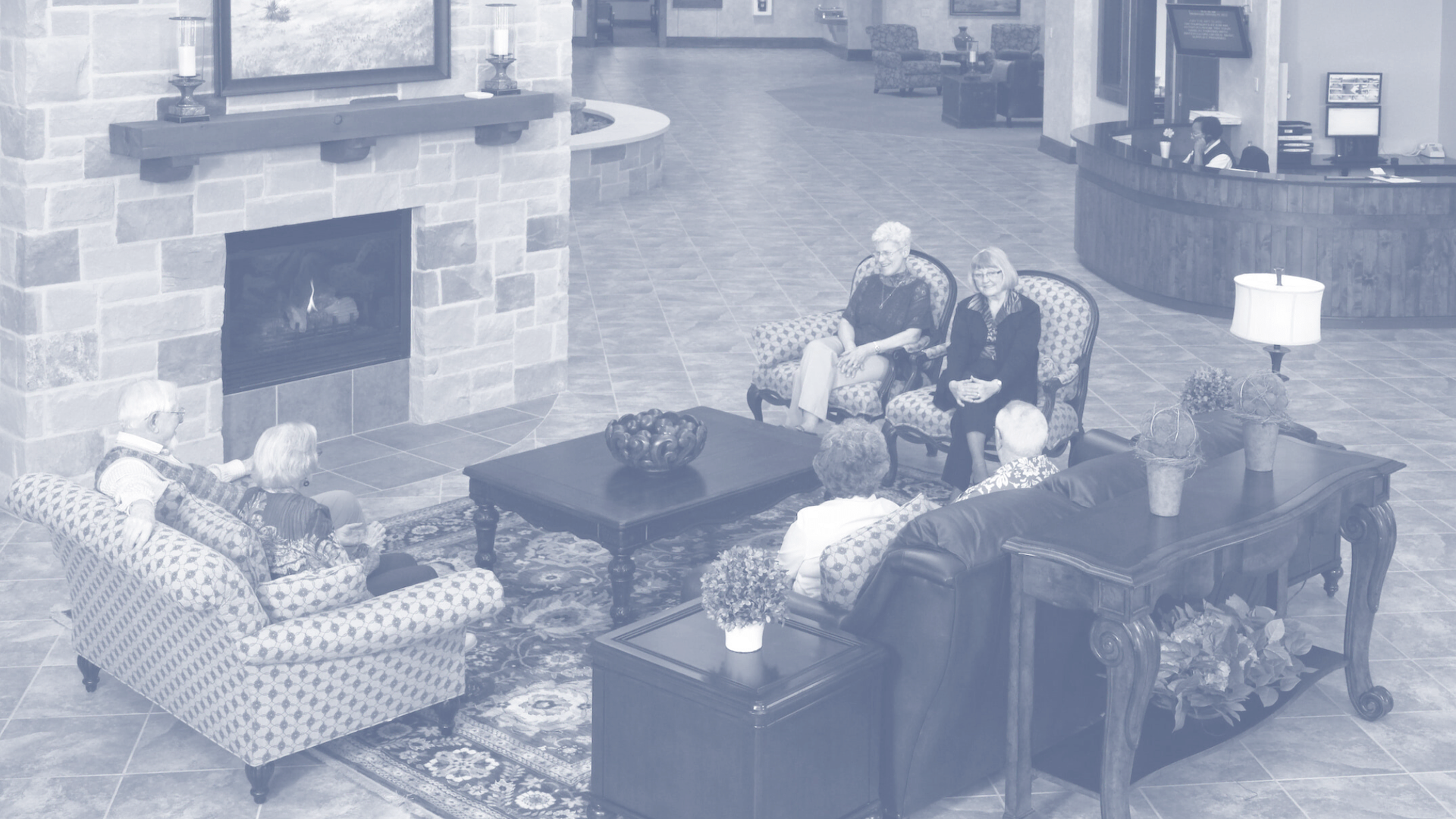
5. A Deep Understanding of Operational Needs
Senior living facilities must work seamlessly for both residents and staff.
An architect with operational expertise carefully plans floor layouts to optimize staff workflows, enhance safety, and simplify day-to-day maintenance.
Why It Matters:
An efficient facility reduces staff stress, improves care delivery, and enhances resident satisfaction. It also supports profitability while creating a better work environment.
What to Ask:
- How do you incorporate staff workflows and safety into your designs?
- What steps do you take to make the building easy to maintain?
- Can you share examples of how your designs have improved facility operations?
6. A Proven Track Record
Experience matters.
A reputable architect will have a portfolio of completed senior living projects, client testimonials, and a solid team of specialized consultants.
At Rheinlander Architects, our 35 years of experience and more than 200 completed projects reflects our proven expertise in senior living architectural design. You can learn more about our accomplishments here.
Why It Matters:
Senior living projects require consultants—MEP engineers, lighting designers, and others—who understand the unique needs of the industry. A strong team keeps the project on track and avoids costly delays.
What to Ask:
- Can you provide references from past senior living projects?
- Who are the key consultants you work with, and what is their experience?
- How do you manage projects to meet timelines and budgets?
7. Capacity and Commitment to Your Project
An architect’s availability and capacity are just as important as their expertise. A firm that takes on too many projects may struggle to give yours the time and attention it deserves.
“We pride ourselves on staying hands-on with every project we take on. By keeping our project volume manageable, we give our clients our full focus and expertise.”
— Michael Rheinlander, Principal of Rheinlander Architects
Why It Matters:
You need a partner with the time and resources to stay engaged and keep progress moving forward.
What to Ask:
- Who will lead this project, and how involved will they be?
- How do you make sure each project gets the attention it requires?

The Interview Goes Both Ways: Architects Evaluate Fit Too
Selecting the right architect is a two-way process. Just as you’re evaluating an architect’s experience, skills, and capacity, the architect is assessing whether your project aligns with their expertise, process, and team capabilities.
Successful projects depend on mutual trust, communication, and aligned expectations.
A good architect will ask thoughtful questions to understand your vision and goals, making sure the partnership is a good fit.
Architects may ask about your timeline, budget, and overall goals to see if they align with their capacity and experience.
They’ll want to know your expectations for collaboration and involvement throughout the project.
They may also discuss their workload to confirm they have the resources to dedicate to your project.
Takeaway:
Approach the selection process as a partnership. The best architect for your project will not only bring creativity and expertise but will also value your vision and input every step of the way.
Great Senior Housing Starts with the Right Architect
By focusing on these seven essential traits and approaching the selection process as a collaborative partnership, you’ll be well-prepared to find an architect who aligns with your goals and vision.
Senior living projects are about more than just buildings—they’re about creating homes, fostering community, and improving lives.
The right architect doesn’t just design a space; they bring thoughtful solutions, unlock opportunities, and guide you through every decision to support both residents and staff.
With thoughtful planning, the right expertise, and a shared vision, your project can become a place where residents thrive, staff excel, and the community flourishes.
At Rheinlander Architects, we understand the responsibility that comes with senior living design.
Contact Rheinlander Architects today to explore how we can design a senior living community that prioritizes comfort, dignity, and connection.
